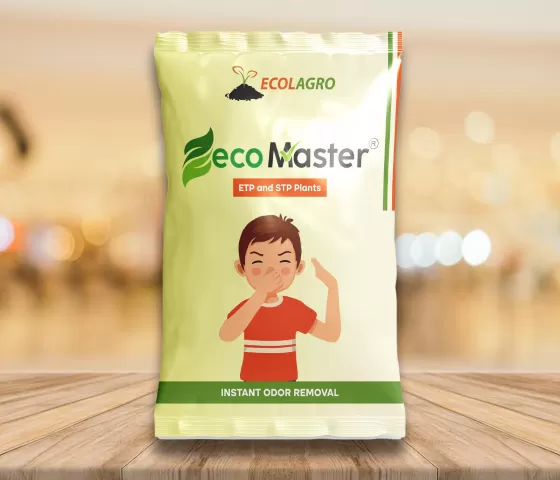Clogged drainage pipes can be a messy inconvenience. Whether it’s your kitchen sink, bathroom drain, or shower outlet, blocked pipes slow everything down—and can lead to bad smells or worse, water damage. The good news? You don’t always need a plumber. With a few simple tools and household ingredients, you can clean your drainage pipes right at home. Here’s a straightforward, step-by-step guide to help you get your pipes flowing smoothly again.
What You’ll Need
-
Gloves (to keep your hands clean)
-
Plunger
-
Baking soda
-
White vinegar
-
Hot water
-
Drain snake or wire hanger
-
Screwdriver (if you need to open the drain cover)
-
Bucket (optional, for catching water or gunk)
Step-by-Step: How to Clean Your Drainage Pipe

Step 1: Boiling Water Flush
Start with the easiest solution.
-
Boil a kettle of water.
-
Slowly pour it down the drain in two or three stages.
-
Wait a few seconds between each pour.
This helps melt greasy buildup and flushes out light blockages.
Step 2: Baking Soda & Vinegar Mix
This classic combo breaks down grime and kills odor-causing bacteria.
-
Pour ½ cup of baking soda down the drain.
-
Follow with 1 cup of white vinegar.
-
Cover the drain with a plug or cloth for 10–15 minutes.
-
Flush with hot water again.
Do this once a month for maintenance—even if your drain isn’t clogged.
Step 3: Use a Plunger
If water is still draining slowly, try plunging:
-
Fill the sink or tub with a few inches of water.
-
Place the plunger over the drain.
-
Push and pull quickly for 20–30 seconds.
-
Lift the plunger to see if water starts draining.
Repeat as needed.
Step 4: Use a Drain Snake or Wire Hanger
For tougher clogs, you may need to physically remove the blockage.
-
Straighten a wire hanger, leaving a hook on one end.
-
Insert it into the drain and twist gently.
-
Pull out hair, gunk, or other debris.
A drain snake (available at hardware stores) works even better and can reach further down.
Step 5: Check the P-Trap (For Sinks)
If nothing works, the blockage might be in the P-trap (the U-shaped pipe under your sink):
-
Place a bucket underneath.
-
Unscrew the connectors and remove the pipe.
-
Clean out any debris inside.
-
Reconnect it and test the water flow.
Bonus Tips for Preventing Future Clogs
-
Don’t pour grease or oil down the drain.
-
Use a sink strainer to catch food scraps or hair.
-
Clean your drains with baking soda and vinegar monthly.
-
Flush drains with hot water weekly.
Cleaning your drainage pipes at home doesn’t have to be difficult. With a bit of effort and a few household items, you can tackle minor clogs yourself and keep your plumbing in great shape. If the clog persists after trying these methods, it may be time to call a professional such as us. In wastewater treatment, selecting the ideal bioculture is critical to maximizing performance in both Effluent Treatment Plants (ETP) and Sewage Treatment Plants (STP). With numerous products on the market, EcoMaster distinguishes itself through unmatched efficiency and eco‑friendly design.


